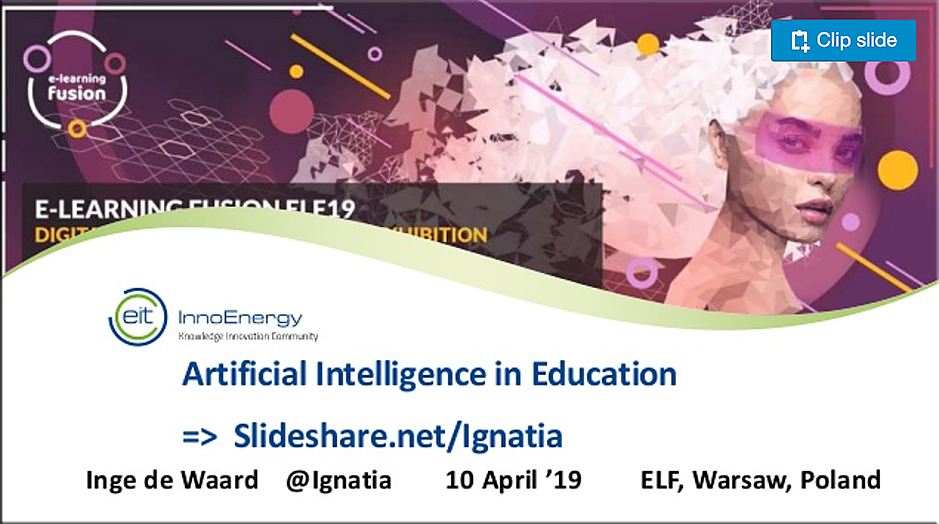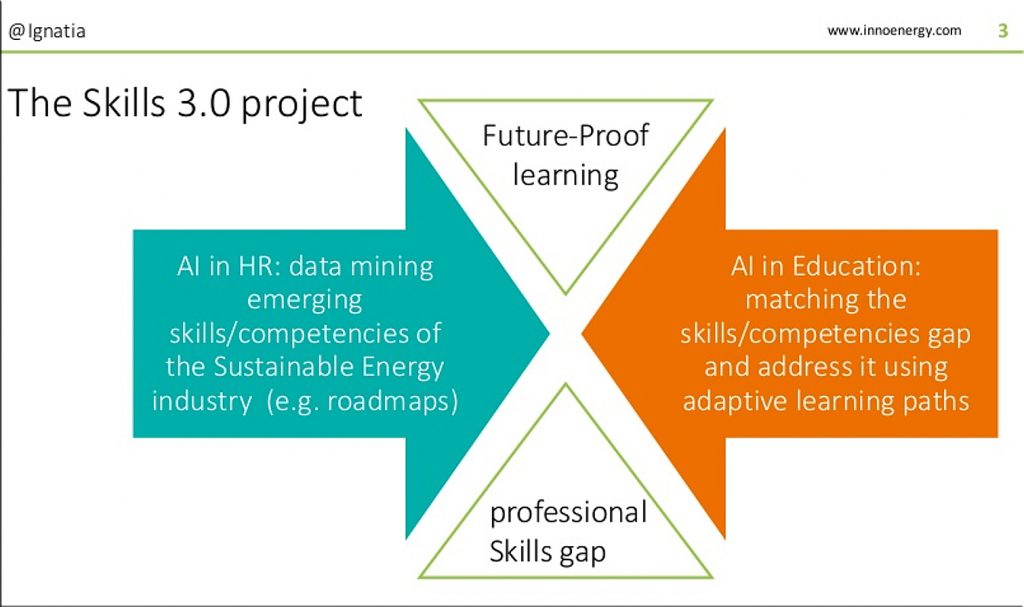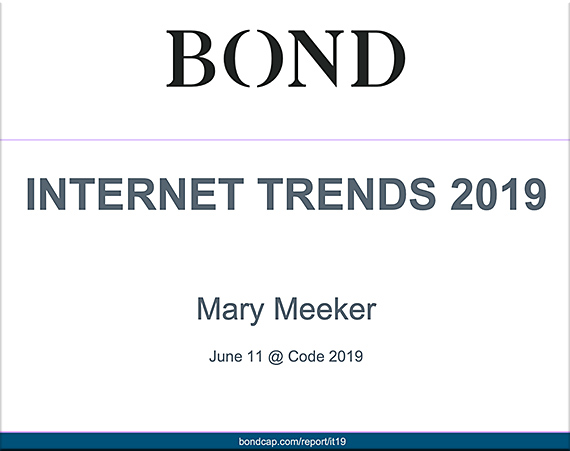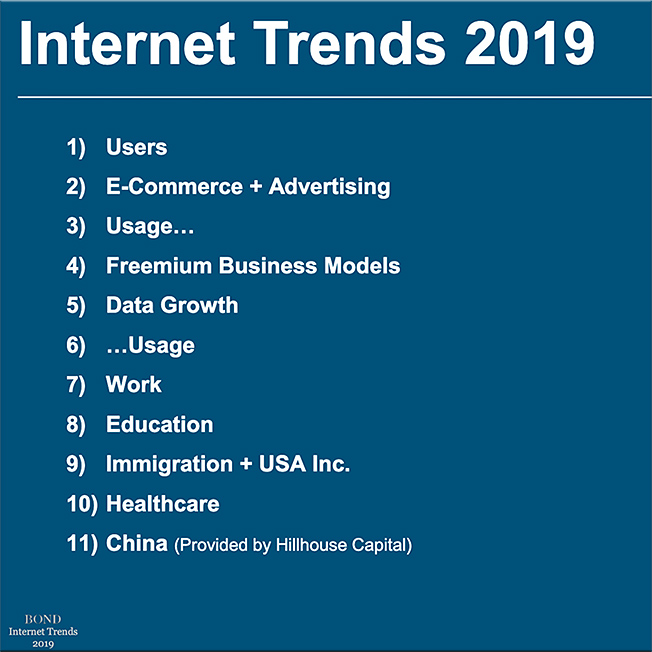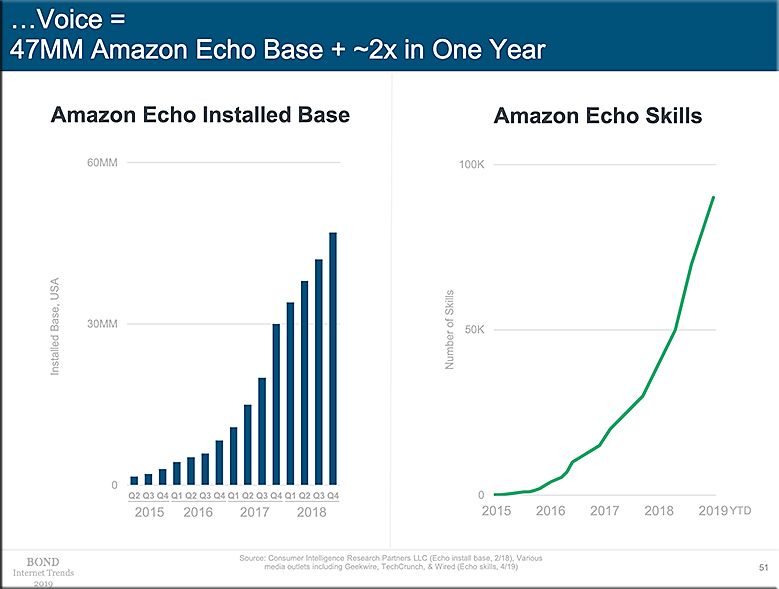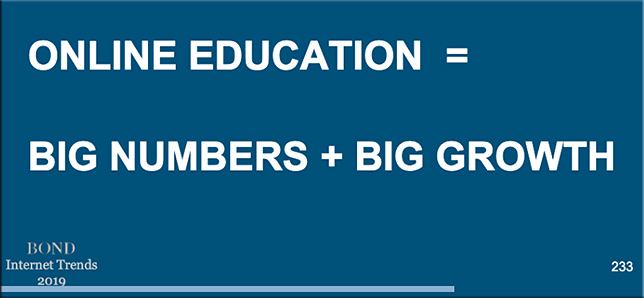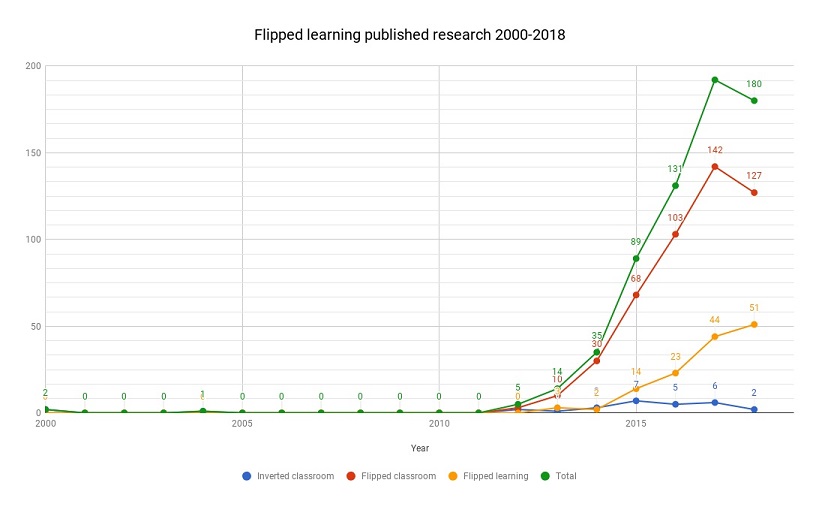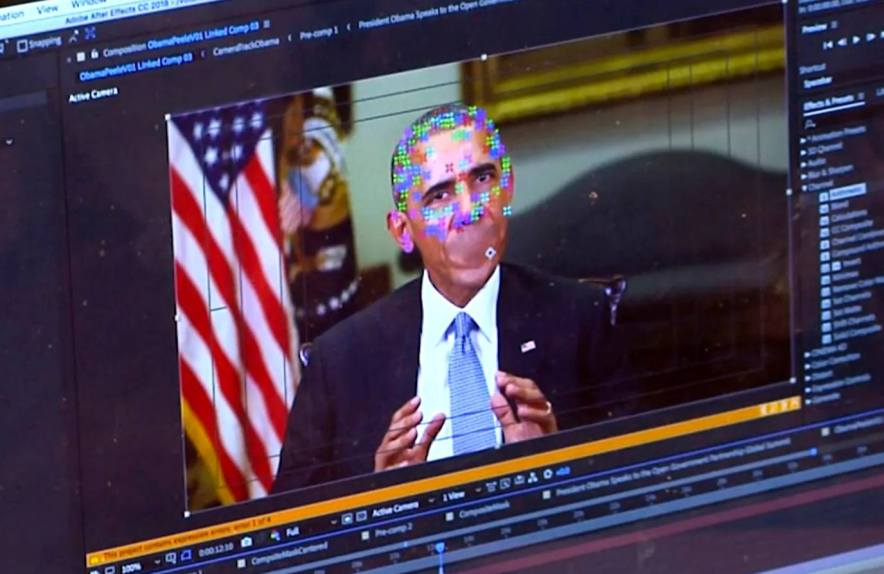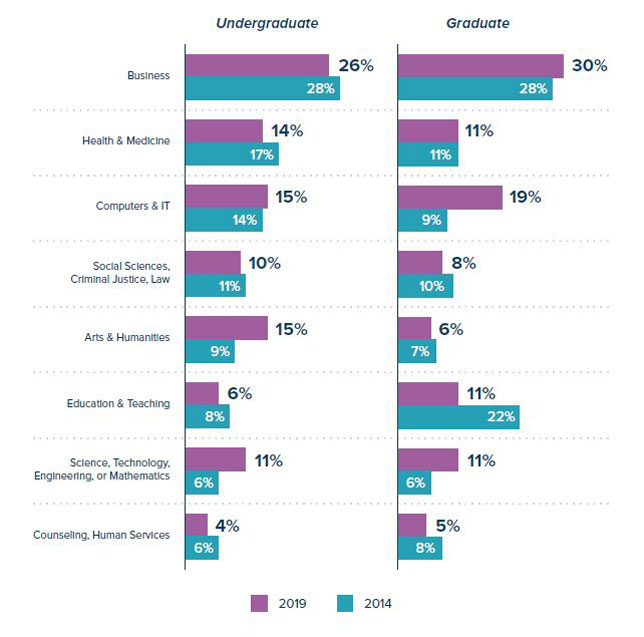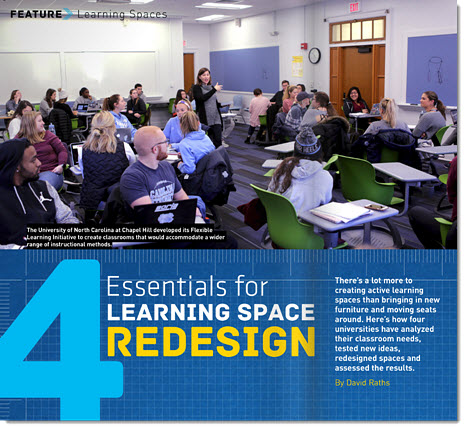Blockchain: The move from freedom to the rigid, dominant system in learning — from oeb.global by Inge de Waard
In this post Inge de Waard gives an overview of current Blockchain options from industry and looks at its impact on universities as well as philosophises on its future.
Excerpt:
I mentioned a couple of Blockchain certification options already, but an even more advanced blockchain in learning example has entered on my radar too. It is a Russian implementation called Disciplina. This platform combines education (including vocational training), recruiting (comparable with what LinkedIn is doing with its economic graph) and careers for professionals. All of this is combined into a blockchain solution that keeps track of all the learners’ journey. The platform includes not only online courses as we know it but also coaching. After each training, you get a certificate.
TeachMePlease, which is a partner of Disciplina, enables teachers and students to find each other for specific professional training as well as curriculum-related children’s schooling. Admittedly, these initiatives are still being rolled out in terms of courses, but it clearly shows where the next learning will be located: in an umbrella above all the universities and professional academies. At present, the university courses are being embedded into course offerings by corporations that roll out a layer post-university, or post-vocational schooling.
Europe embraces blockchain, as can be seen with their EU Blockchain observatory and forum. And in a more national action, Malta is storing their certifications in a blockchain nationwide as well. We cannot deny that blockchain is getting picked up by both companies and governments. Universities have been piloting several blockchain certification options, and they also harbour some of the leading voices in the debate on blockchain certification.
Also see:
Also see:
- 7 blockchain mistakes and how to avoid them — from computerworld.com by Lucas Mearian
The blockchain industry is still something of a wild west, with many cloud service offerings and a large universe of platforms that can vary greatly in their capabilities. So enterprises should beware jumping to conclusions about the technology.









